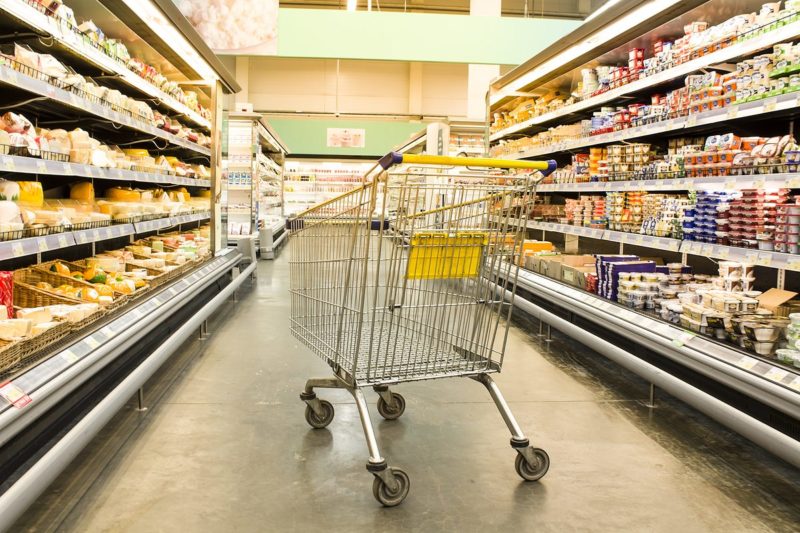One in Six Texas Families Choose ‘Between Food and Other Needs’
“The Texas economy is strong but it is leaving too many people behind,” said Celia Cole, CEO of Feeding Texas. “It is unacceptable that one in six Texas families is faced with choosing between food and other needs because they can’t keep up with the rising cost of living, or lack the resources to weather a crisis.”

One in six Texas families struggles to put food on the table, according to a report by the U.S. Department of Agriculture (USDA).
An average of 15.4 percent of Texas families struggled with food insecurity between 2013 and 2015, compared to the national average of 13.7 percent during that time period.
A family experiences food insecurity when access to adequate food is limited by a lack of money and other resources.
Celia Cole, CEO of Feeding Texas, said in a statement that while the Texas economy has improved in recent years, there are Texans who work and continue to struggle to make ends meet and feed their families.
“The Texas economy is strong but it is leaving too many people behind,” Cole said. “It is unacceptable that one in six Texas families is faced with choosing between food and other needs because they can’t keep up with the rising cost of living, or lack the resources to weather a crisis.”
Texas is one of 12 states where the prevalence of food insecurity was greater than the national average. There was an average of 6 percent of Texas families who experienced very low food security, defined in the report as when “food intake of one or more household members was reduced and their eating patterns were disrupted at times during the year because the household lacked money and other resources for food.”
The unemployment rate in Texas fell from 6.6 percent at the beginning of 2013 to 4.4 percent at the end of 2015, according to a report from the Texas Comptroller.
However, the fall in oil prices has had a significant impact on the state’s economy.
Dennis Cullinane, CEO at the East Texas Food Bank in Tyler, Texas, told the Longview News-Journal that as the population of the food bank’s 26-county service has increased, the percentage of low-income people living in the area has also risen.
“Sixty-thousand people have come into the area, and 44,000 of them are possibly in a food insecurity situation,” he said. “And that was in 2014, and I think the situation has gotten worse with the oil bust.”
Advocates worry about other factors that may contribute to higher rates of food insecurity.
A program that helped families with low incomes pay their electric bills recently ended. Texas’ Republican-held legislature voted in 2013 to eliminate the program’s funding, and this year the program’s remaining funds were depleted.
“We’re concerned about the effect this could have on our clients and food banks,” Cole said. “Anything that takes resources away from a low-income family means less food on the dinner plate and more strain on private charities.”
Cullinane told the News-Journal that many people are unaware of just how many families struggle with food insecurity. “I think it’s always surprising to the families that have enough food,” Cullinane said.
